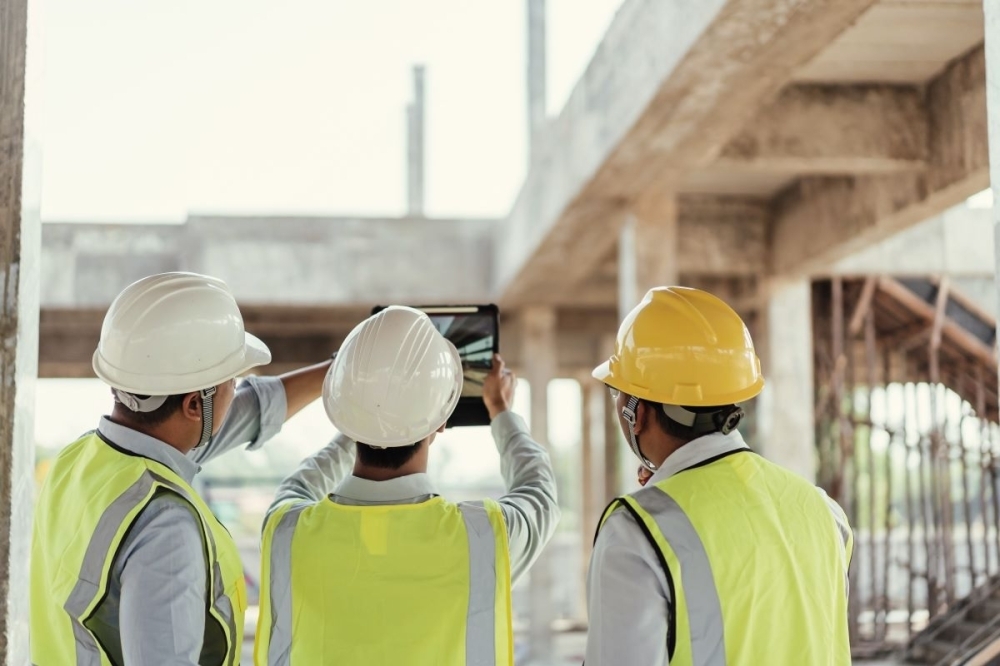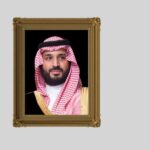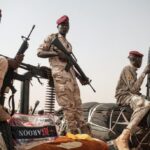Saudi Arabia’s mega-projects have become symbols of Vision 2030—bold, ambitious, and transformative. With ongoing construction projects valued at over $1.25 trillion, the Kingdom leads the region in infrastructure spending. The “Marsh” Global Construction Risk Report 2025 indicates long-term positive prospects for Saudi Arabia’s construction sector.
The Marsh Construction Market Report for Q1 2025 predicts that the Kingdom’s construction sector will grow at an average annual rate of 5.4% until 2029, driven by infrastructure development, housing, and preparations for major global events. Sustaining this growth requires a more disciplined and risk-aware approach.
Reshaping the Economic Landscape
The report highlights that projects like NEOM, the Diriyah Gate, and the Red Sea Project are reshaping Saudi Arabia’s economic and social landscape. Designed to diversify the economy and attract global tourism, investment, and innovation, these projects reflect a comprehensive national vision.
The report notes that the construction sector performed best in May, according to the latest Purchasing Managers’ Index from Riyad Bank. Job creation surged at one of the fastest rates in over a decade, supported by improved delivery timelines and strong sales.
Business optimism reached an 18-month high as companies expanded their teams and increased investments. These indicators suggest the sector continues to deliver results, create jobs, and prepare for growth—even as project awards decline. This environment demands a reassessment of project planning, financing, and risk management.
Financial Volatility
The report shows that financial volatility is the top concern for contractors globally, cited by over 28% of respondents. Capacity constraints are widespread, with 74% reporting difficulties in meeting delivery targets. However, only 34% of global contractors use their project guarantee capabilities efficiently—a missed opportunity in today’s capital-conscious market.
In the India, Middle East, and Africa region, insurers are responding to complex project needs. More global reinsurers now offer Design Defect Coverage under LEG 3 for sectors like real estate and petrochemicals compared to previous quarters.
Employer liability rates have dropped by 10%, and markets remain generally competitive. However, this favorable environment depends on early market engagement and comprehensive risk disclosure.
The Importance of Insurance
Insurance is becoming an increasingly critical investment enabler. In Saudi Arabia, where lender-managed projects are common, protections like Delay in Start-Up (DSU) and performance guarantees are essential for securing financing. Projects lacking effective insurance planning or clear risk communication may struggle to attract capital.
This risk-aware approach also applies to human capital. Labor shortages and retention challenges remain major concerns. Talent gaps create operational hurdles and impact safety, scheduling,






